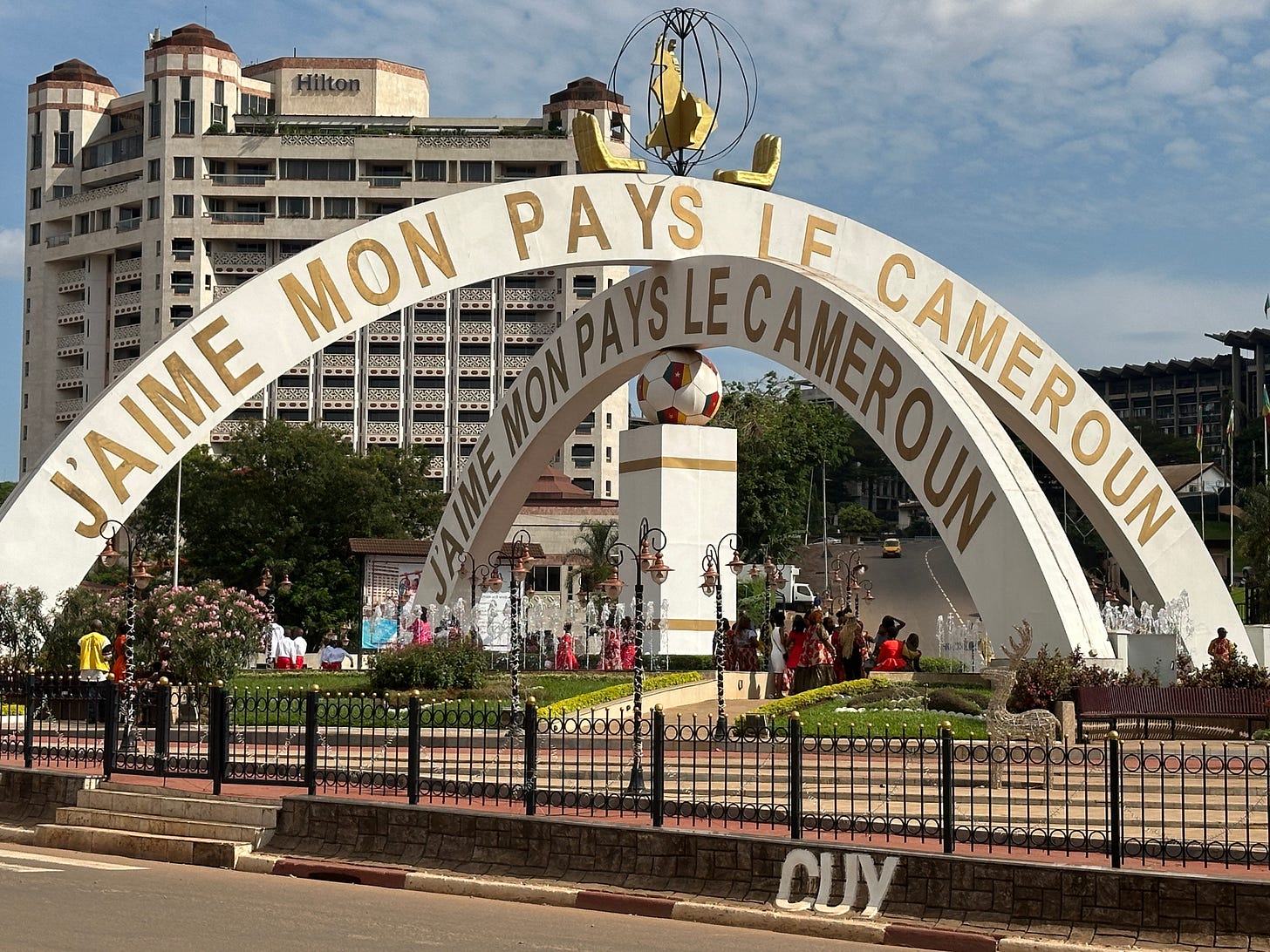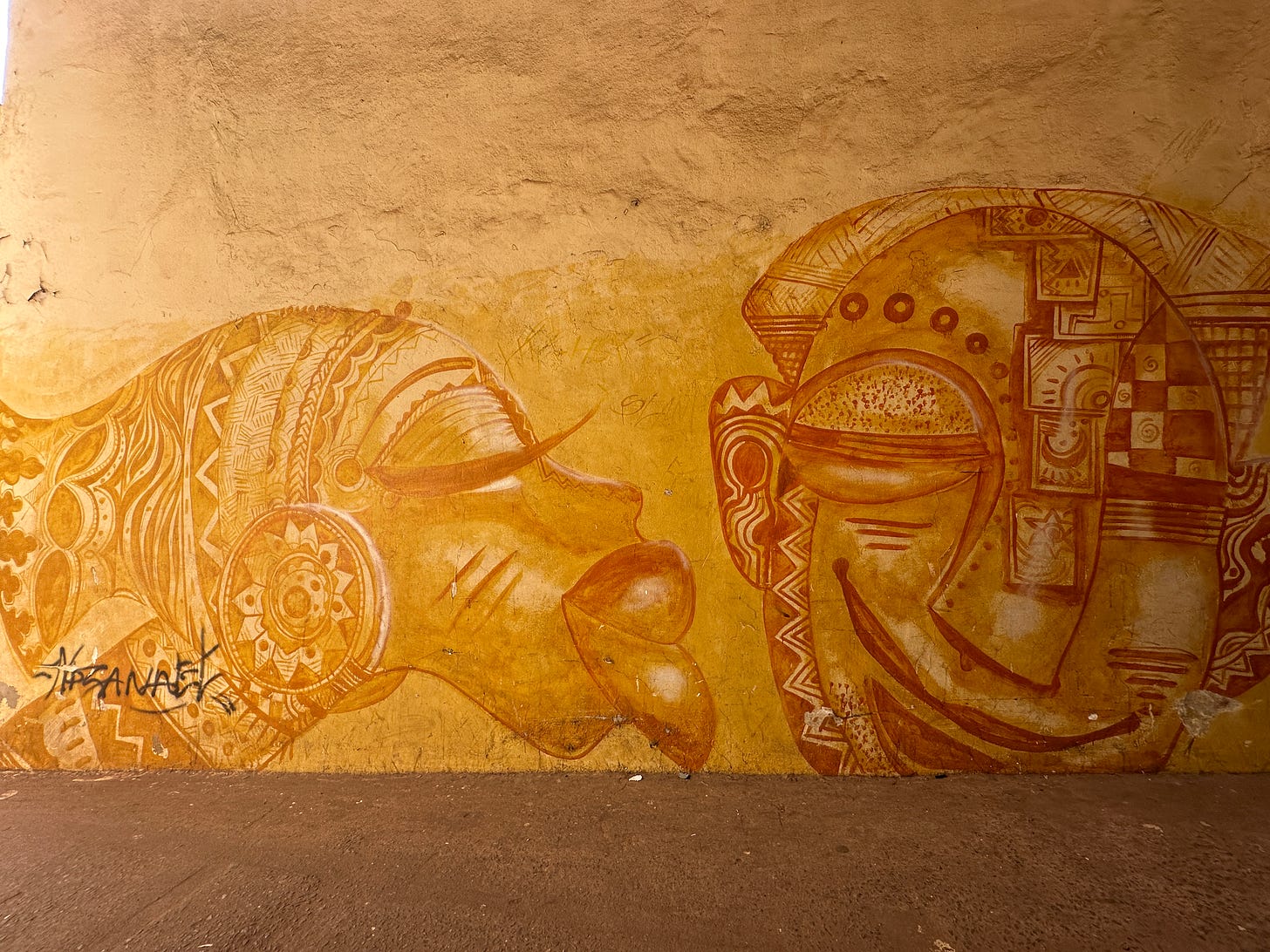What does a knife have to do with marriage? Before you answer that from your worldview, wonder instead if it was a test for matrimony. Valeroy, the enthusiastic guide who’d had his own run ins, watched my eyebrows lift as he explained that if you couldn’t use a knife to peel, in the past, some people in Cameroon were deemed to not be marriage material. If only that was the current day test to confirm culinary capacity - somehow a critical criteria for coupling - dating apps today could thereby slice out so many other considerations.
How punctuated is a place’s past? Some scenes seem sustainable with current consciousness while others behoove and greatly benefit from change. I thought about the reflex reactions that rev us up, raise our eyebrows and widen our eyes - and how Cameroon seemed to be a hot pot for it.
Many had their hands raised and eyes turned skyward as I toured the Basilique Marie Reine.
Suddenly, I stumbled upon a local wedding. This would have been an ideal time to fact check current day Cameroonian marriage deal makers and breakers …
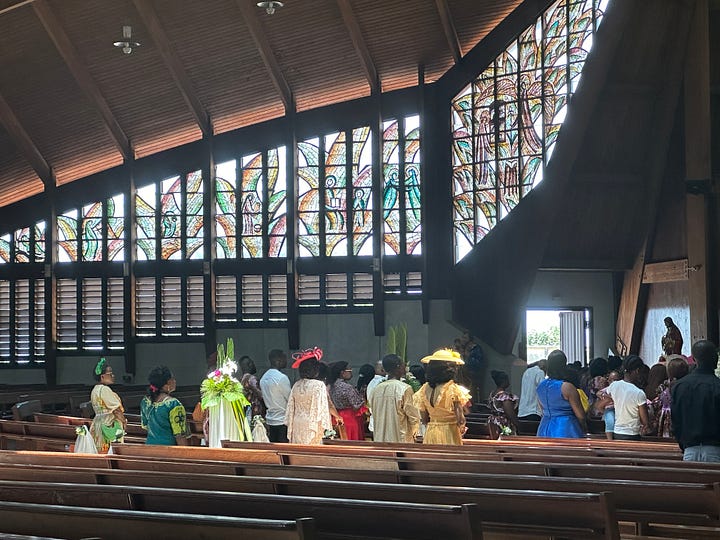
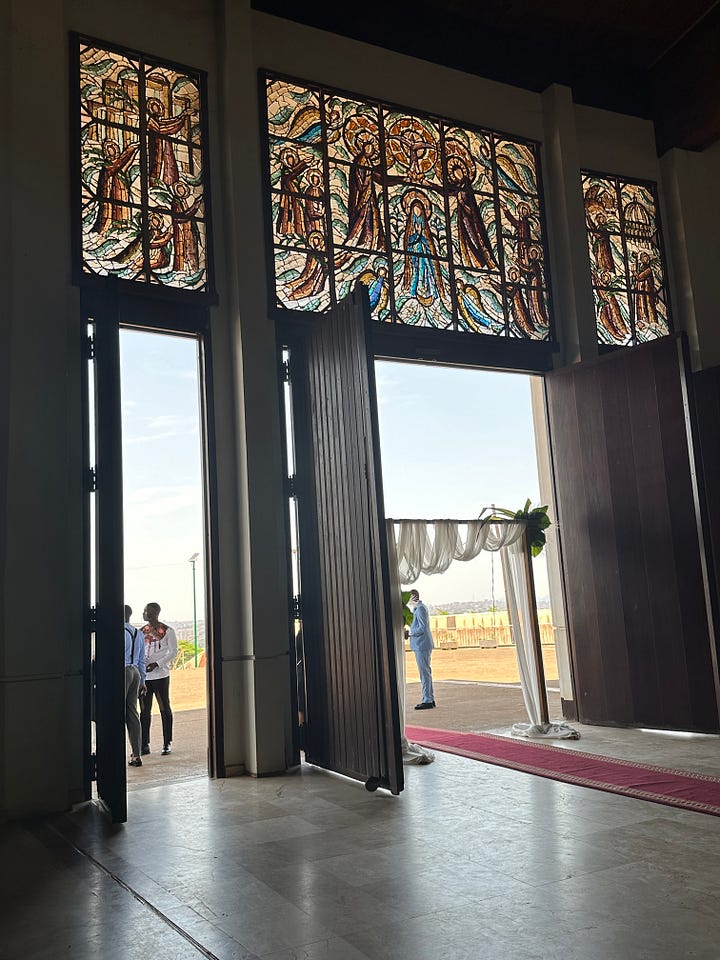
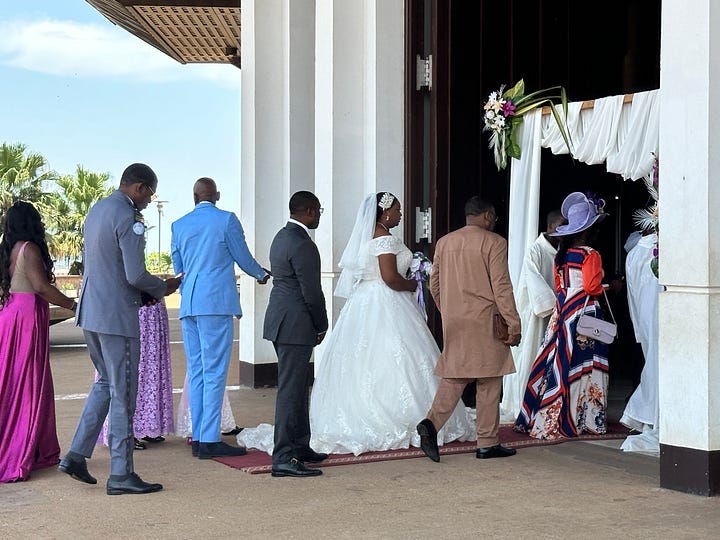

Instead, I watched how folks here feel free to move and groove, even or especially when it’s in relation to sacred ceremonies.
Amidst the 250 tribes, music within Cameroon and the continent itself, plays a major role - pun intended;). Mvet artists, those that play the traditional string instrument, must not only pass physical and moral tests prior to initiation, but also following their decades of training, are often expected to see their role more as a bridge to ancestors.
My eyes widened when I learned that drums were categorized by gender and function. I wondered then, where might that leave the ranking, rating and responsibility of humans …
I learned that some drums were made for war, while others were reserved for royalty. Female drums were usually plain, so that her beauty should not be tempered with and as such only these and child drums could be used to entertain. While male drums had designs, it was the Nkul talking drum that was the only one that could convey important information. Used in some rural areas still as a way of wireless transmission of important messages such as birth, deaths and funeral rituals, Cameroon’s talking drums seemed like precursors to social media.
To the theme of staying on beat in the capital, I opted to check out the social scene in Yaoundé. Here, my eyes were wide and often, my eyebrows lifted. This was the land of Manu Dibango, the Cameroonian legendary saxophonist. Dying at 86 from COVID-19, Dibango was credited to have created the most sampled African record, ever. Inspiring the likes of MJ, Rhianna, Jay-Z, Kanye West and others with ‘the first disco song’, Soul Makossa, (meaning ‘I will dance’, in the native Cameroonian dialect of Douala) is worth checking out, and for me, a motto I can definitely uphold.
Over the next few days, I’d made multiple efforts to visit the Blackitude Museum, but it wasn’t meant to be. As we crisscrossed the same street, my eyes darted to the country’s flag with its vertical walls of green, yellow and red, a colour palette that echoed other West and Central African countries as well.
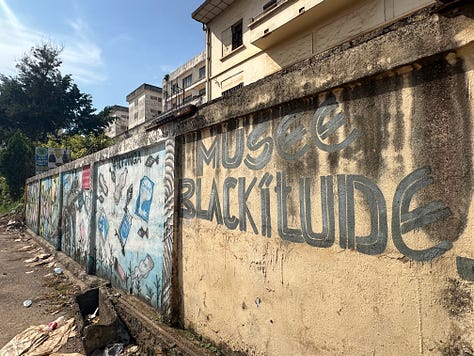
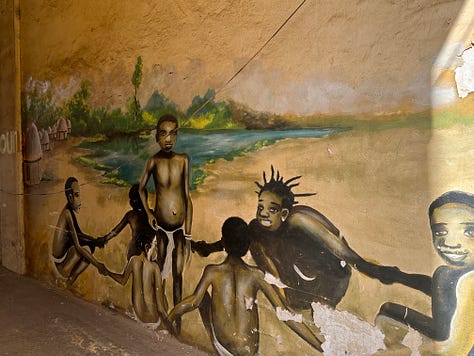
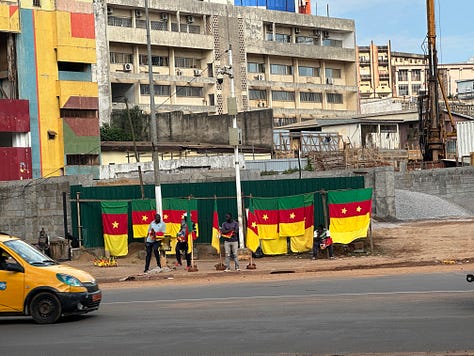
Representing its lush green vegetation, yellow savannahs and the red required for independence, the nation subscribed to multiple unification attempts. Once a German colony, it went from the Federal Republic of Cameroon to United Cameroon in 1972 with the amalgamation of the west (British) and east (French) colonies. In 1984, current day President Paul Biya (formerly the PM) changed the country’s name to the Republic of Cameroon after convoluted attempts at peacemaking and security building.
Fun Fact, in 1990 Cameroon was the first African country to make it to quarter finals at FIFA. In addition to football, tug of war and wrestling, I found it so cool how “unspoken values and cultural literacies” can be embedded within games here too. Whether it originated from the Sawa, Bameliké, Soudano or Fang Beti forest people, Songo is a classic game played in Cameroon and Equatorial Guinea. “When it comes to Songo, the part that is really important in the gameplay is the cultural context or community way of caring for your brother,” said Dr. Rebecca Bayeck, a Cameroonian with dual PhDs who is studying this. “Though it is a very competitive board game, when you are stuck and you don’t know what move to make, the opponent is absolutely willing to come to your aid and help you make the best move.”
I found it clever that a Cameroonian game could cultivate such a poignant philosophy. Who wants a world where we’re all ‘absolutely willing to come to your aid’, to ‘help you make the best move’? When our eyes widen, eyebrows lift or whatever other emotion befalls us, I wondered what it might take for our hearts to simultaneously expand.
African countries such as Cameroon have much to remind us of. Valeroy apprised me of other cultural traditions too. Like the UNESCO protected Ngondo traditions, where priests dive from a sacred canoe into the water with a vase containing the community’s wishes and grievances, emerging after some time with messages from the oracles. Or how gongs can be used for healing symptoms from stomach pains to stammering. How certain tribes would consult a spider if they ought to go to war or not, perhaps giving a nod more to mystical meanings within the Spider Bamoun than the eight legged arthropod itself. He boasted how the ‘baby carrier had its origins in Cameroonian culture’ and how his people were ‘mindful of public health and hygiene from long ago’, when they practiced hanging wooden spoons around their necks.
Just as dusk was settling in, we headed to the Marche Artisinal De Tsinga. Here, Carole, my local contact, helped me to sink my teeth in at the local cultural market.
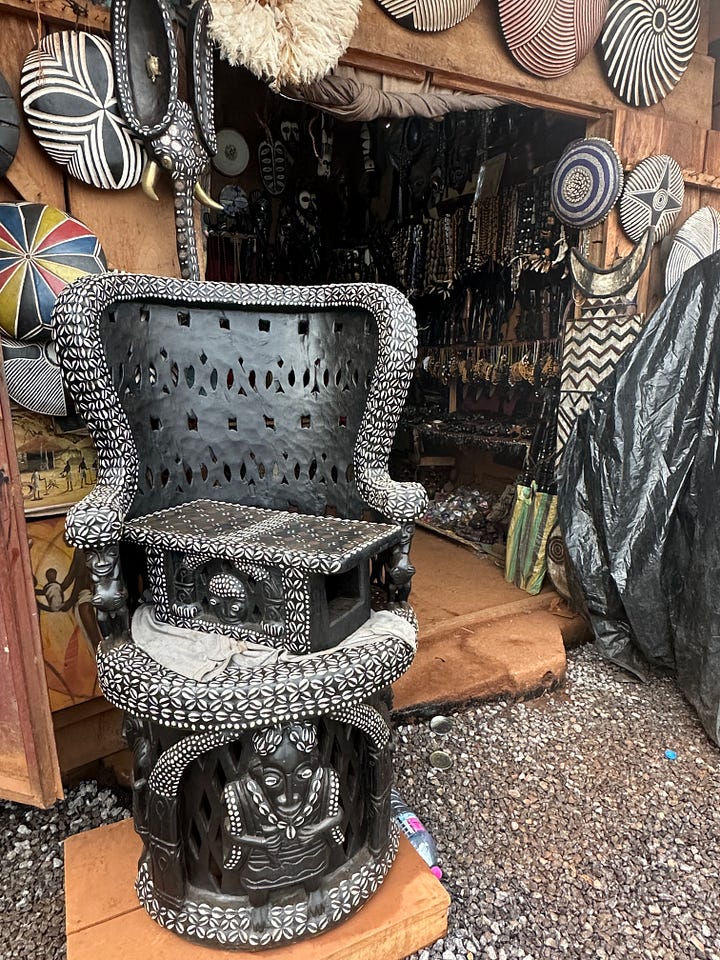
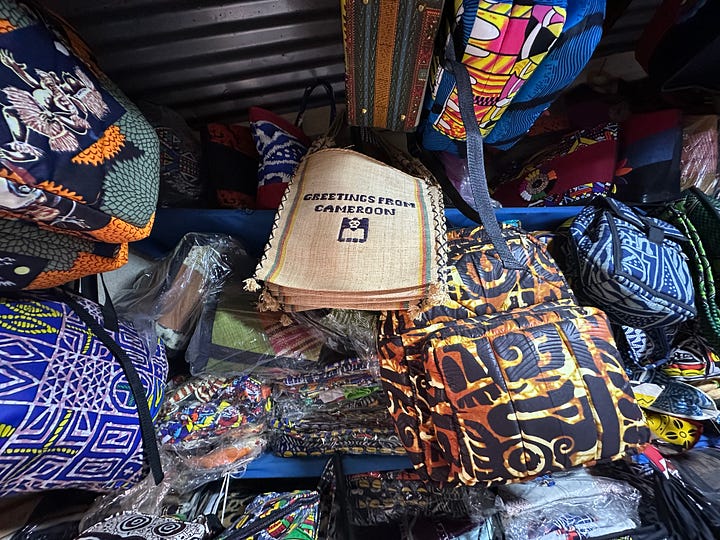
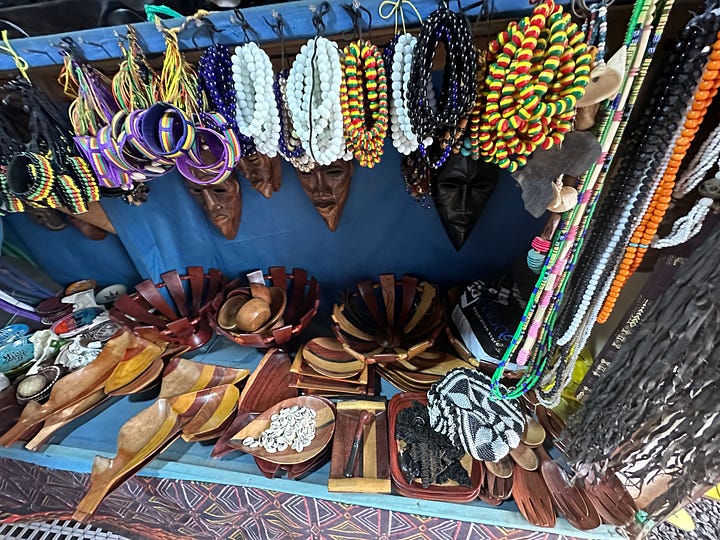
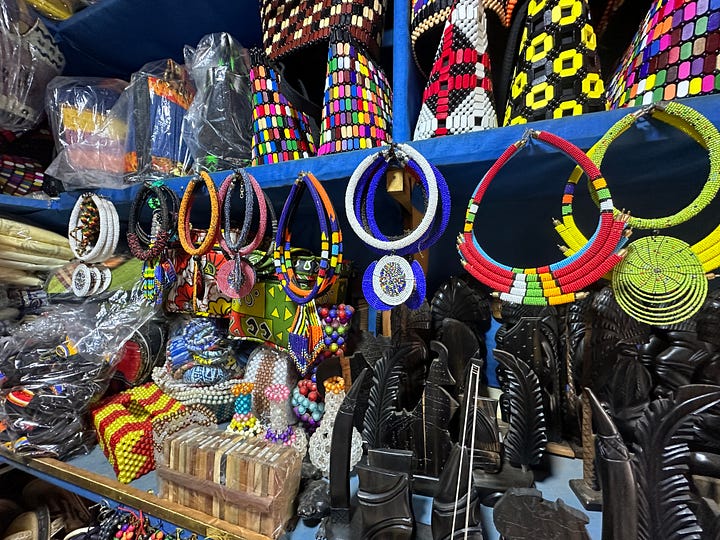
From metal, wood, cow bone, canvass and more, I saw pieces of Cameroon’s heritage on display, ready to debit any passerby’s pocket.
Whether it’s about knives or wooden spoons, hopefully Cameroon’s rich cultural heritage helps those who intend to date, mate or really reunify.
May our hearts open to The One - and everyone,




